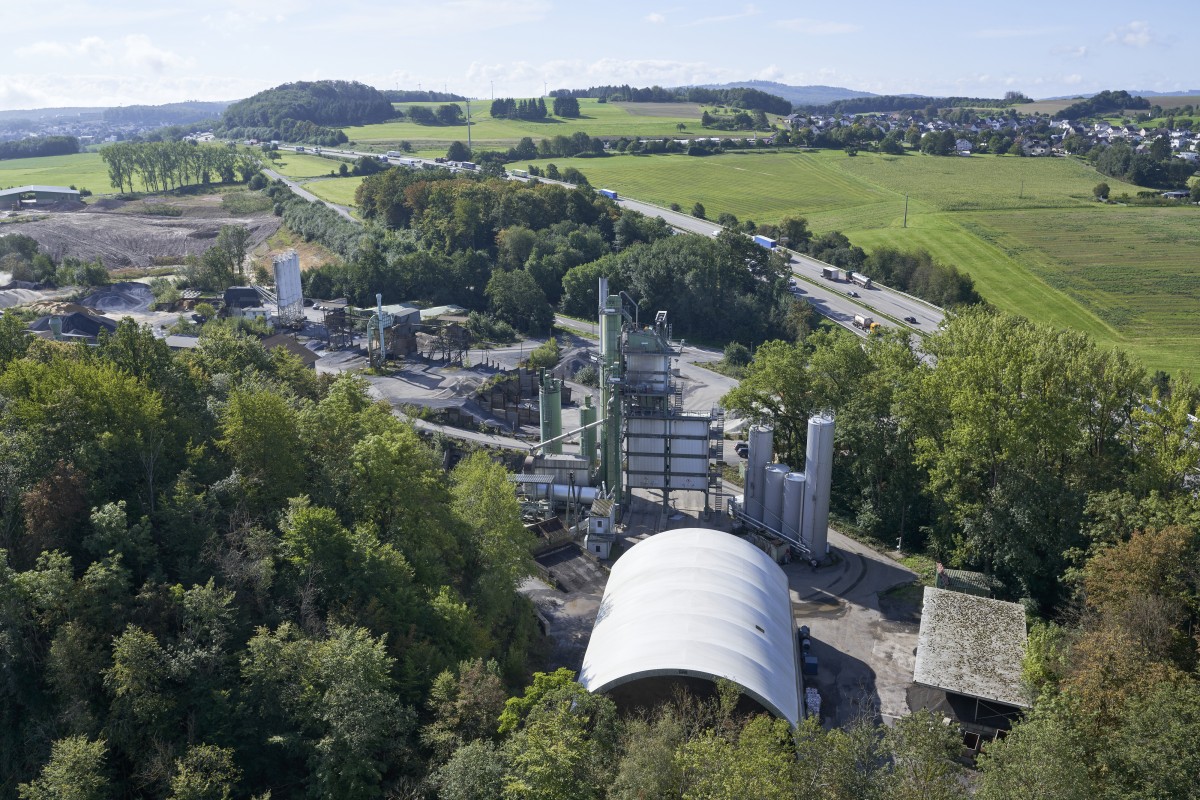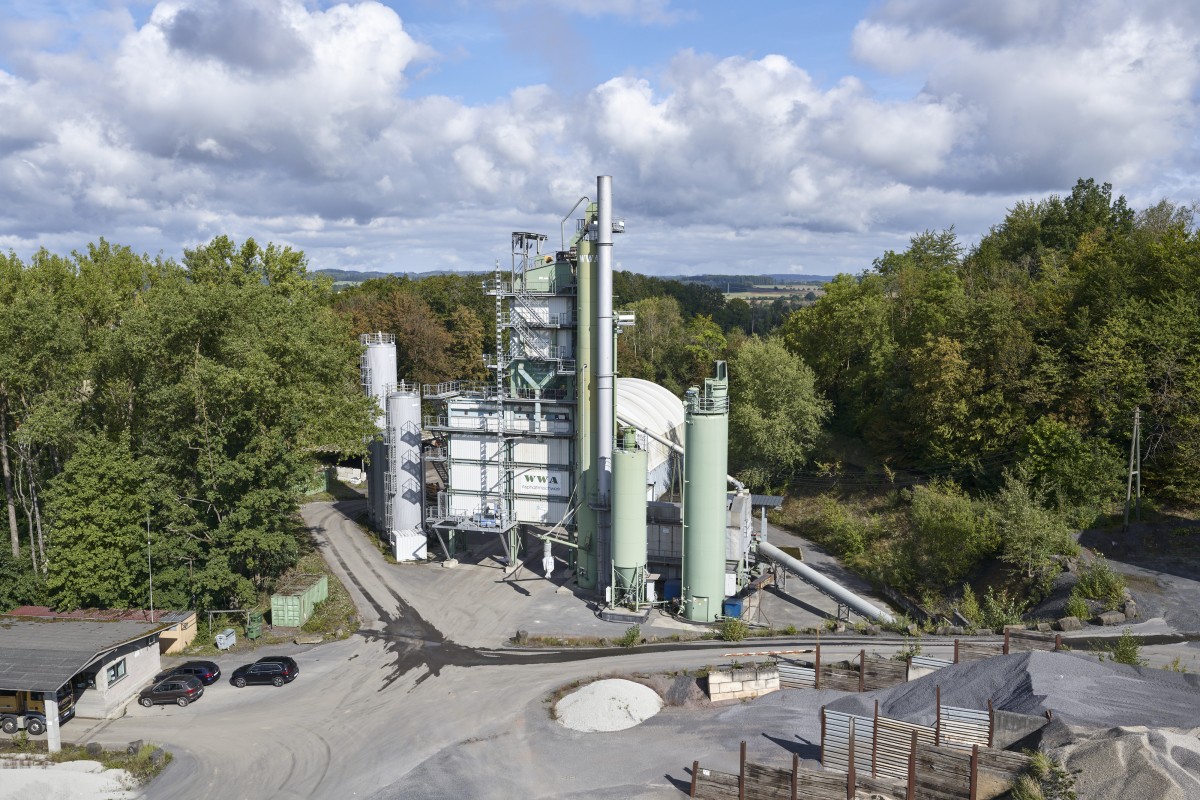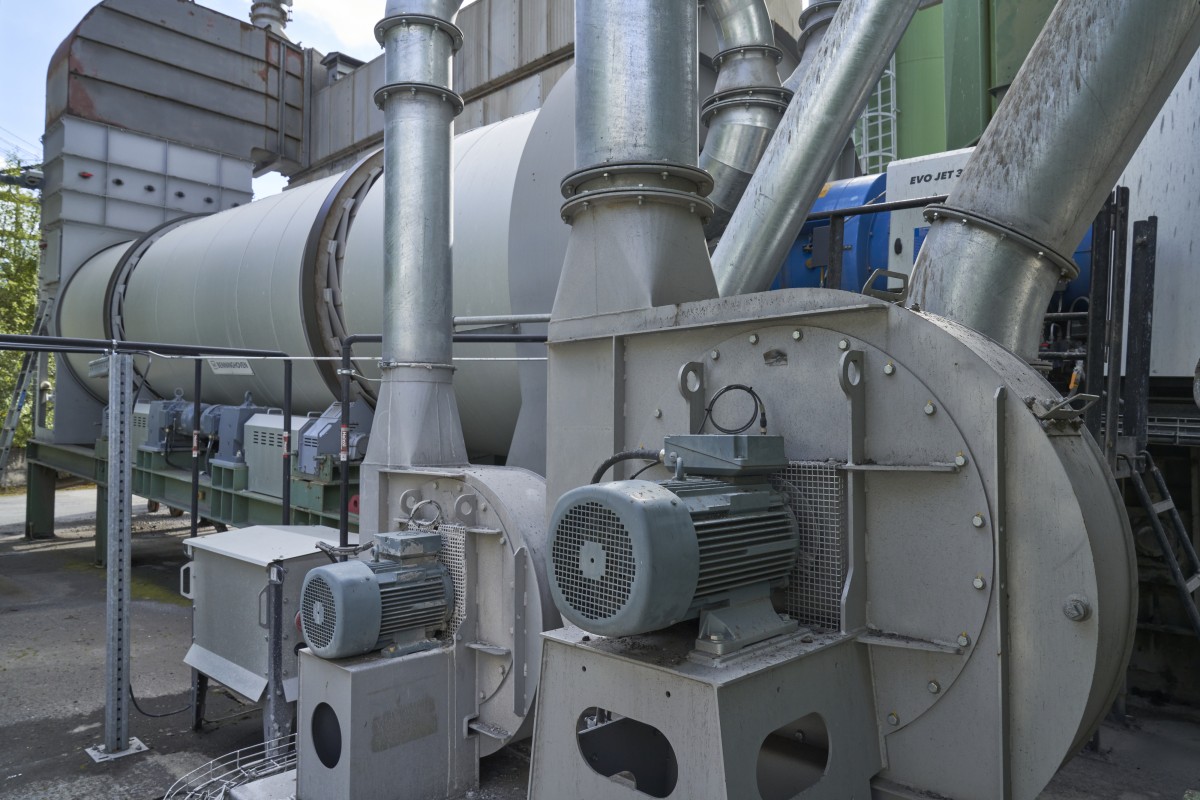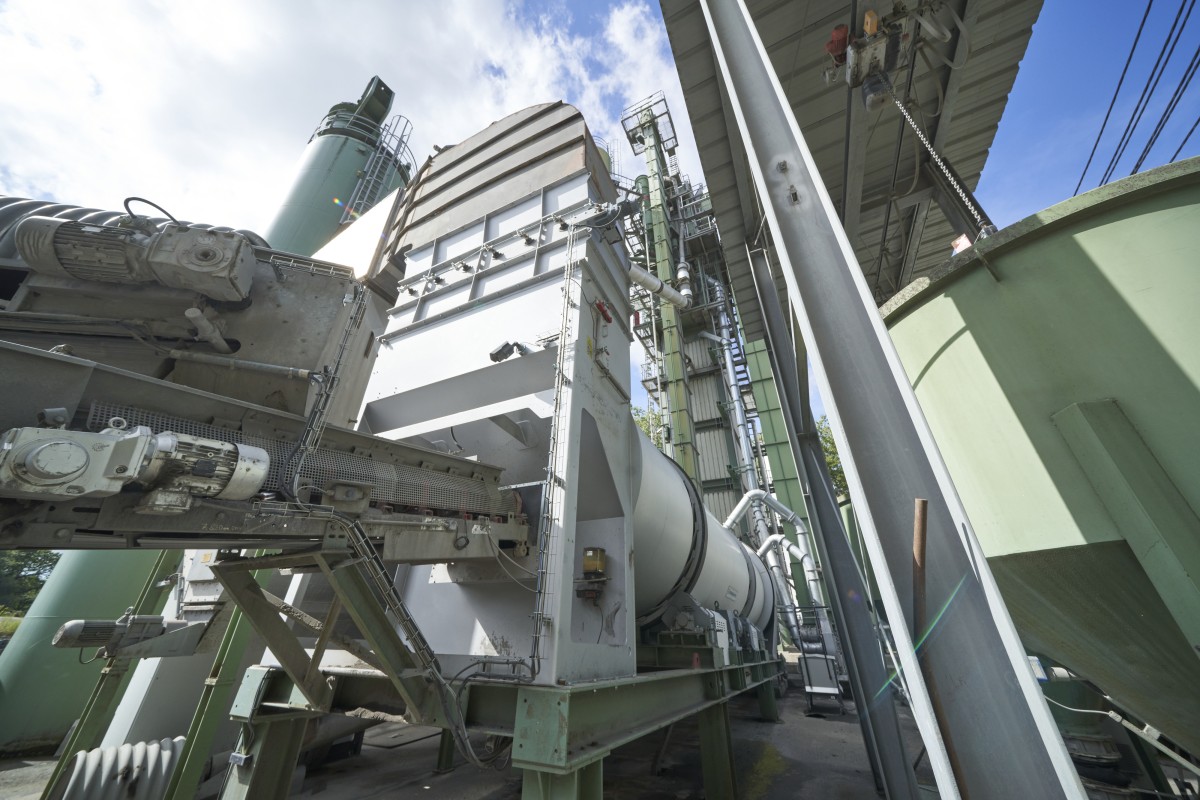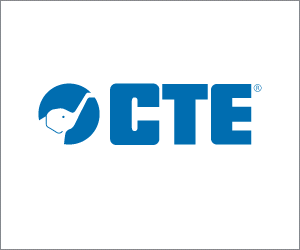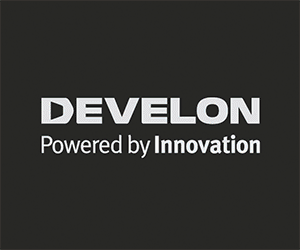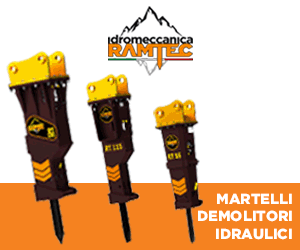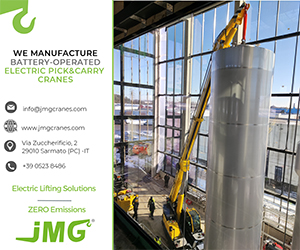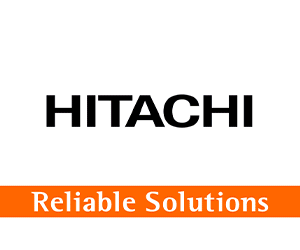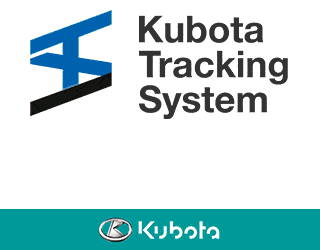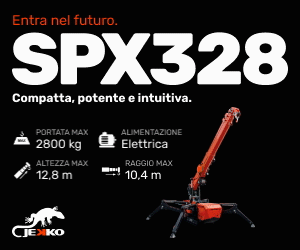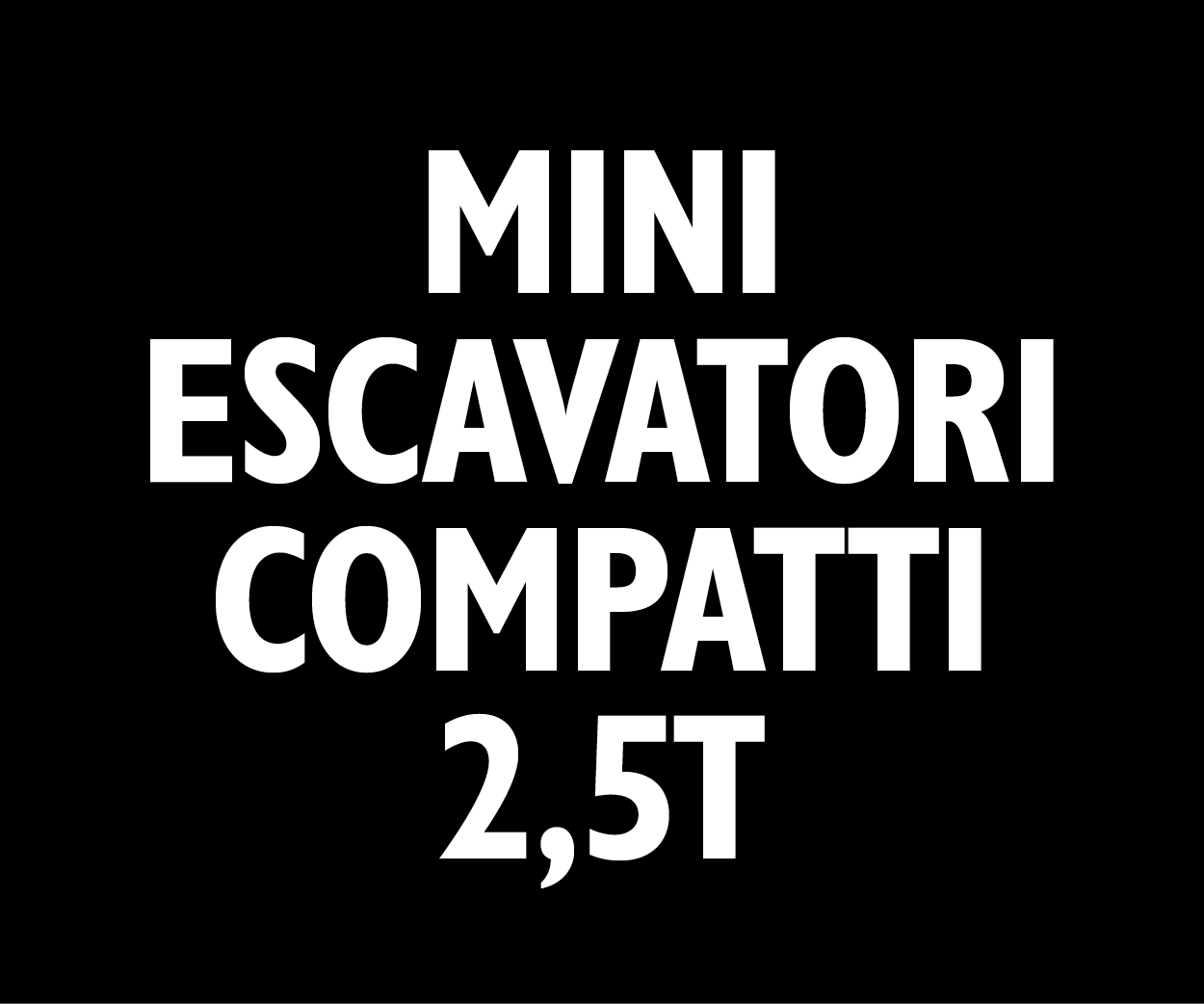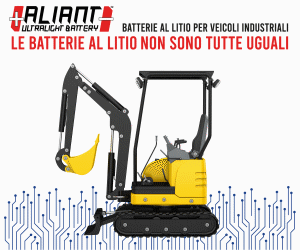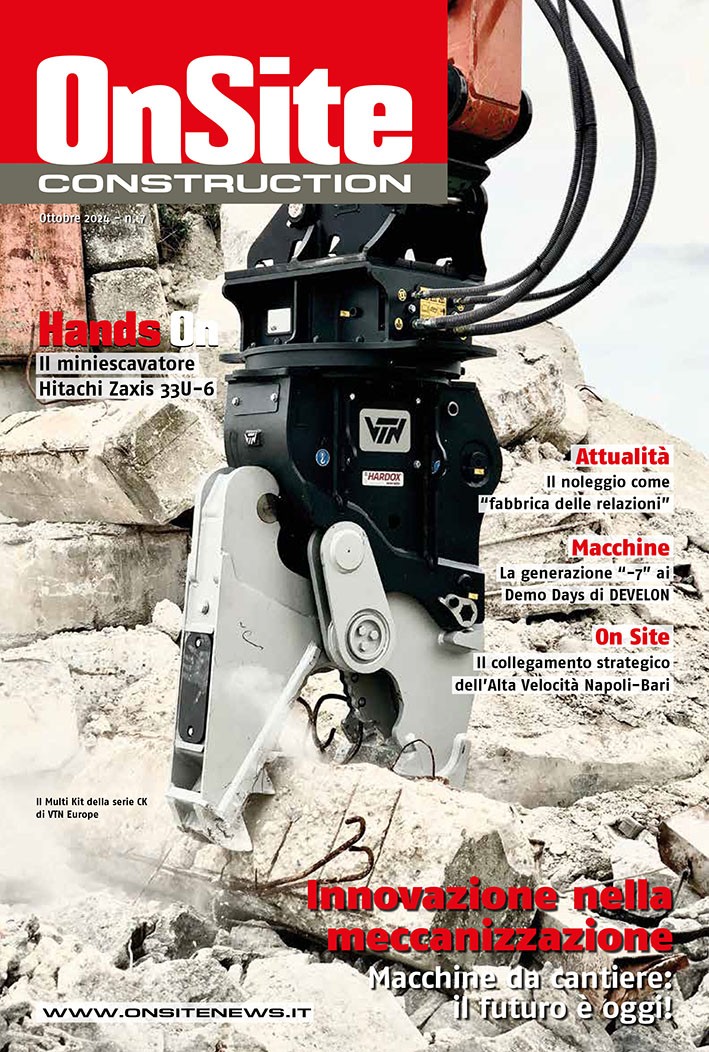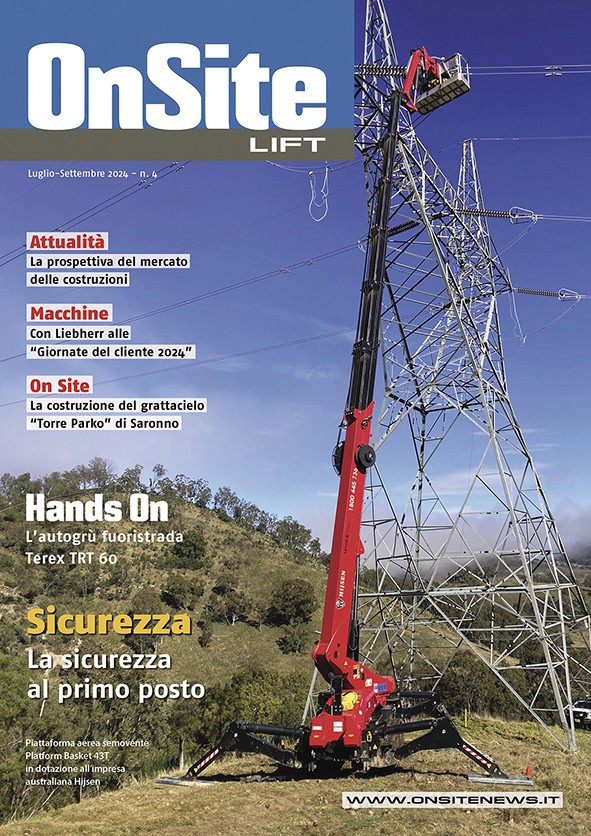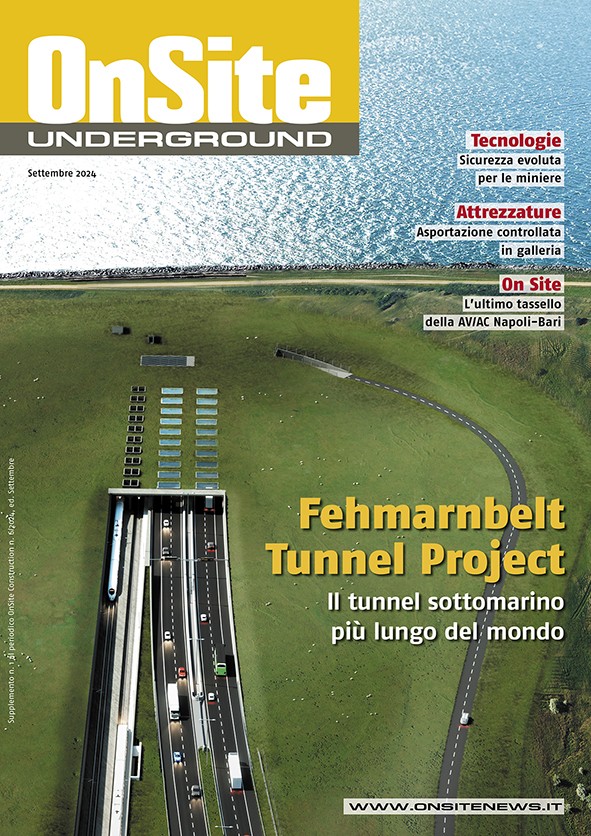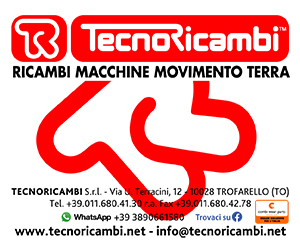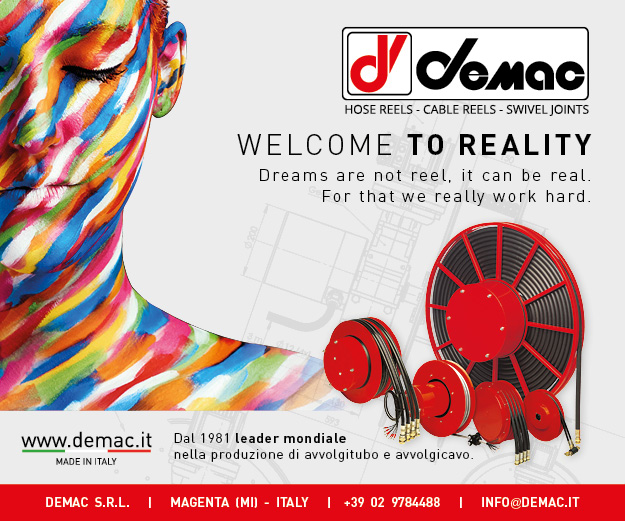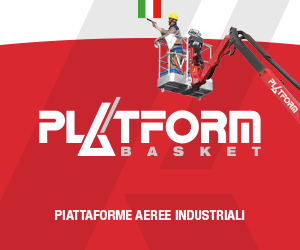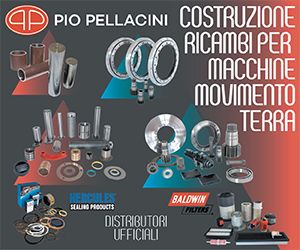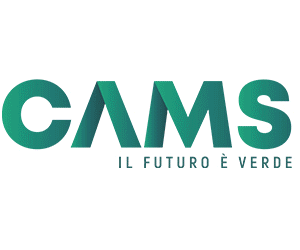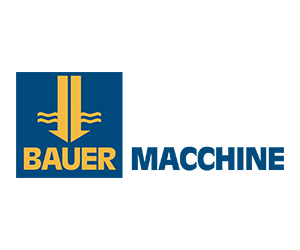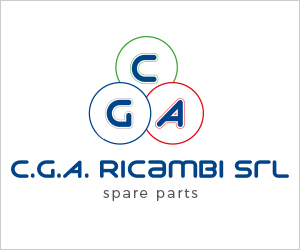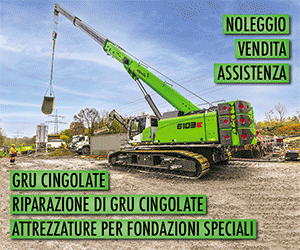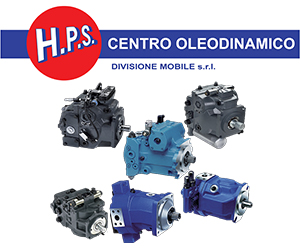Home \ International \ Benninghoven's REVOC system proven in practice
Benninghoven's REVOC system proven in practice
24/10/2024
Pubblicato da Ettore Zanatta
The REVOC Retrofit solution has been installed at an existing asphalt mixing plant in Nentershausen/Hesse.
The TBA plant from Benninghoven, built in 2007, is located on the site of a basalt quarry and produces 80,000 to 100,000 t of high-quality asphalt mixes per year for motorways, roads, and infrastructure projects To enable even more sustainable asphalt production in the future, the plant operator decided to retrofit the existing plant with the catalytic converter for asphalt mixing plants. ‘We chose the REVOC system because it enables us to reliably comply with total carbon (Ctot) emission standards, even with the addition of a high proportion of reclaimed asphalt pavement’, explains Peter Bach, CEO of WWA Westerwald Asphalt.
Thanks to the patented, pioneering technology, the plant operator is now in the position to increase the maximum feed rate of reclaimed asphalt pavement (RAP) from the previous 30–40% to 50% and simultaneously reduce Ctot emissions by more than 50%. Initial practical experiences with the retrofitted plant are extremely positive. Another important factor for the asphalt producer was that the use of this system safeguards the long-term viability of the plant. Sustainability in asphalt production is determined by two key factors: on the one hand, the ability to increase the RAP feed rate with the goal of conserving valuable resources and re-using reclaimed material in a constructive way. Because, the higher the RAP feed rate, the less fresh bitumen is needed, which in turn leads to a correspondingly smaller carbon footprint. On the other hand, it is essential that the strict Ctot threshold values of <50 mg/m³ stipulated in Germany’s official regulations on air quality, ‘TA-Luft’, are fulfilled.
Although reclaimed asphalt pavement (RAP) can already be reliably fed into the production process by utilising established cold or hot recycling technologies, the total carbon emissions are higher. When reclaimed asphalt is heated, part of the Ctot concentration evaporates out of the bitumen contained in the recycling material. Ctot possesses a higher greenhouse gas potential than CO₂, and is a hazard to health in higher concentrations. In the past, the resolution of the conflict between high RAP feed rates and nevertheless assuring sustainability in the production process was effectively impossible. Thanks to the efficient and effective REVOC system, these two aspects can now be reconciled: reducing Ctot emissions by up to 50% and realising higher RAP feed rates of up to 60%.
The system works like a catalytic converter. The fumes generated in the mixer of the asphalt mixing plant are extracted at source and passed to the REVOC system for thermal processing. Thanks to the reduction of emissions, the plant operator can now add a larger proportion of RAP to the mixing process without exceeding the stipulated threshold values. The method not only conserves primary resources, but also cuts production costs.
The entire project was closely monitored from the start – on-site, by telephone, or by telemaintenance. This included, above all, regular measurement of the emission values and fine tuning of the plant on the basis of the results. The results significantly exceeded all expectations with respect to emission reduction and were repeatedly corroborated by independent measurements.
Improved plant performance, high RAP feed rates and reduced emissions: existing plants with the REVOC system installed as a Retrofit solution can also be made fit to face future challenges. The design concept also allows operators of existing plants from other manufacturers to take advantage of the system.

Ultime notizie di Wirtgen Macchine
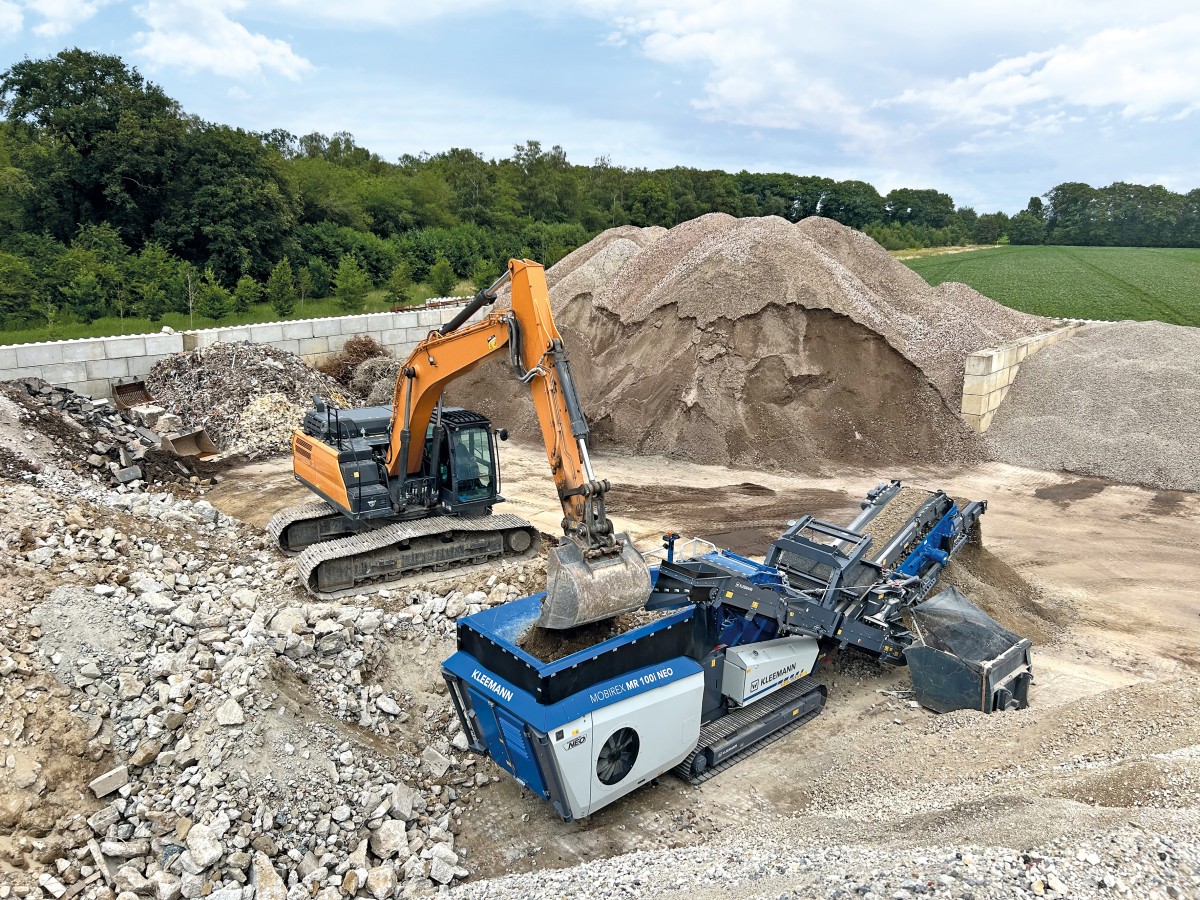
Earthmoving Machinery
21/11/2024
Kleemann: New compact crusher used for recycling
Impact crusher MOBIREX MR 100i NEO impresses during operatio...
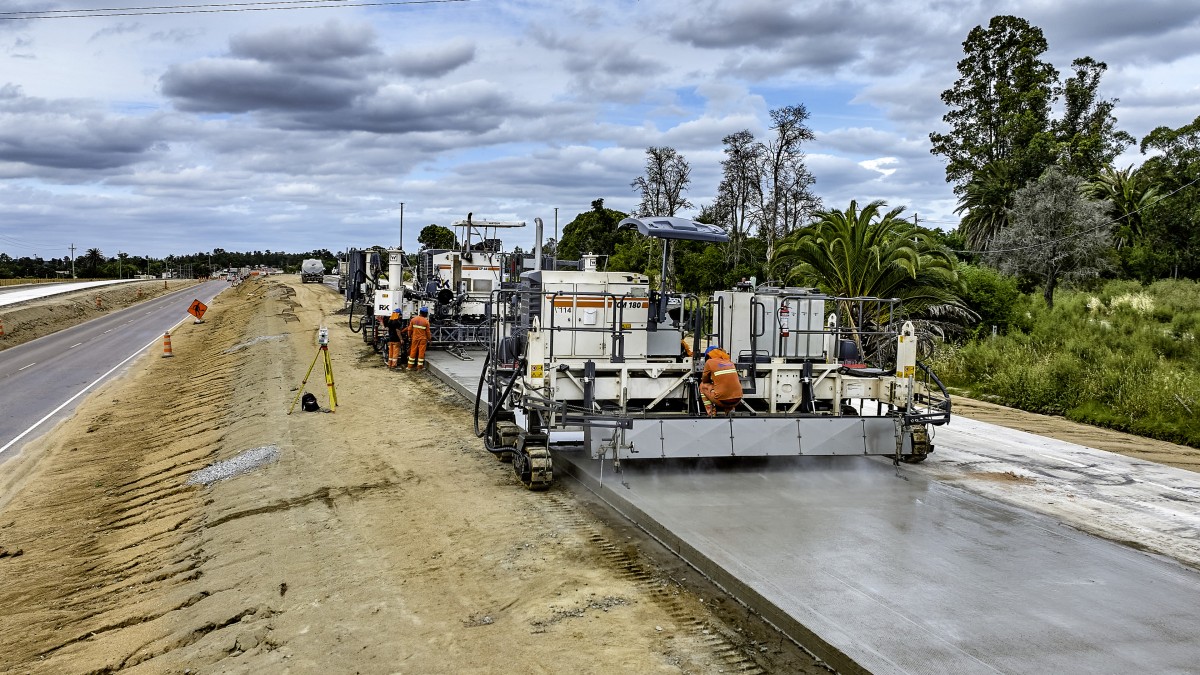
Road Machinery
04/11/2024
Wirtgen: Widening of the Ruta 5 highway from Montevideo to the Brazilian Border
Efficient concrete paving solutions from Wirtgen ensure the...
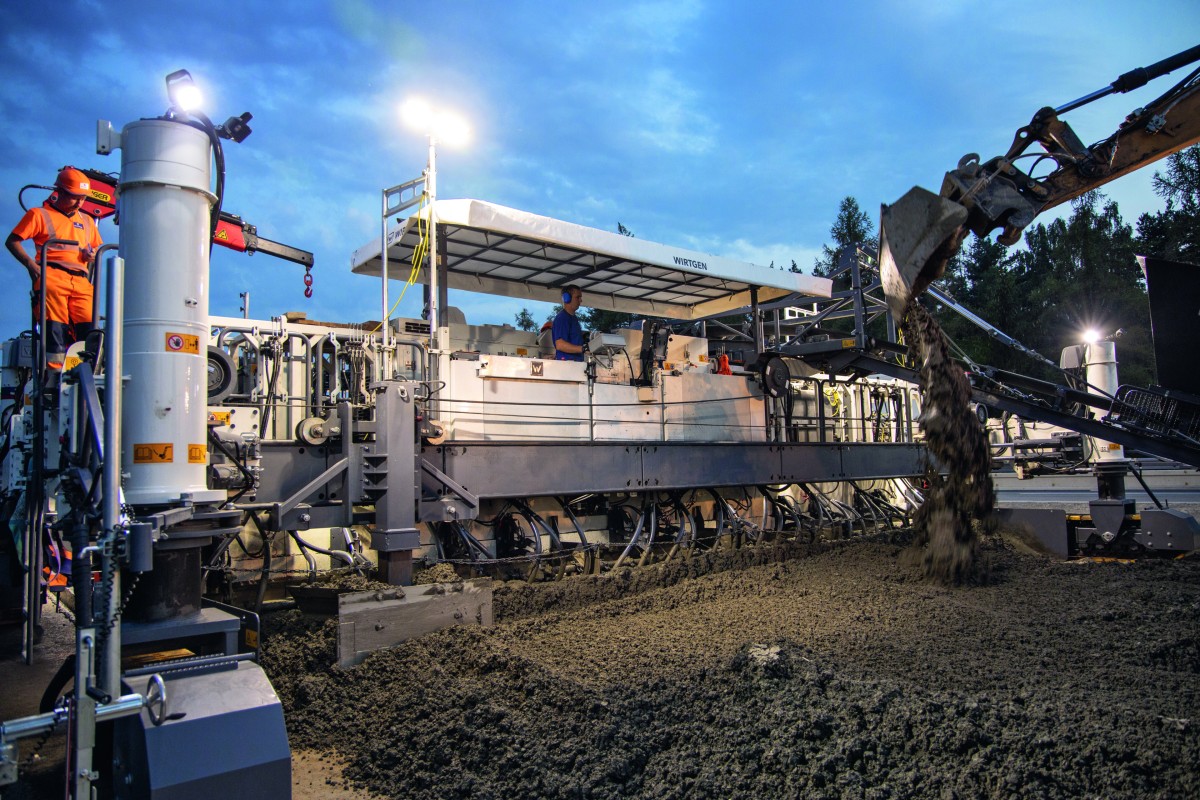
Road Machinery
31/10/2024
Wirtgen: Concrete paving with inset slipform pavers
Wirtgen has been offering machines for inset slipform paving...
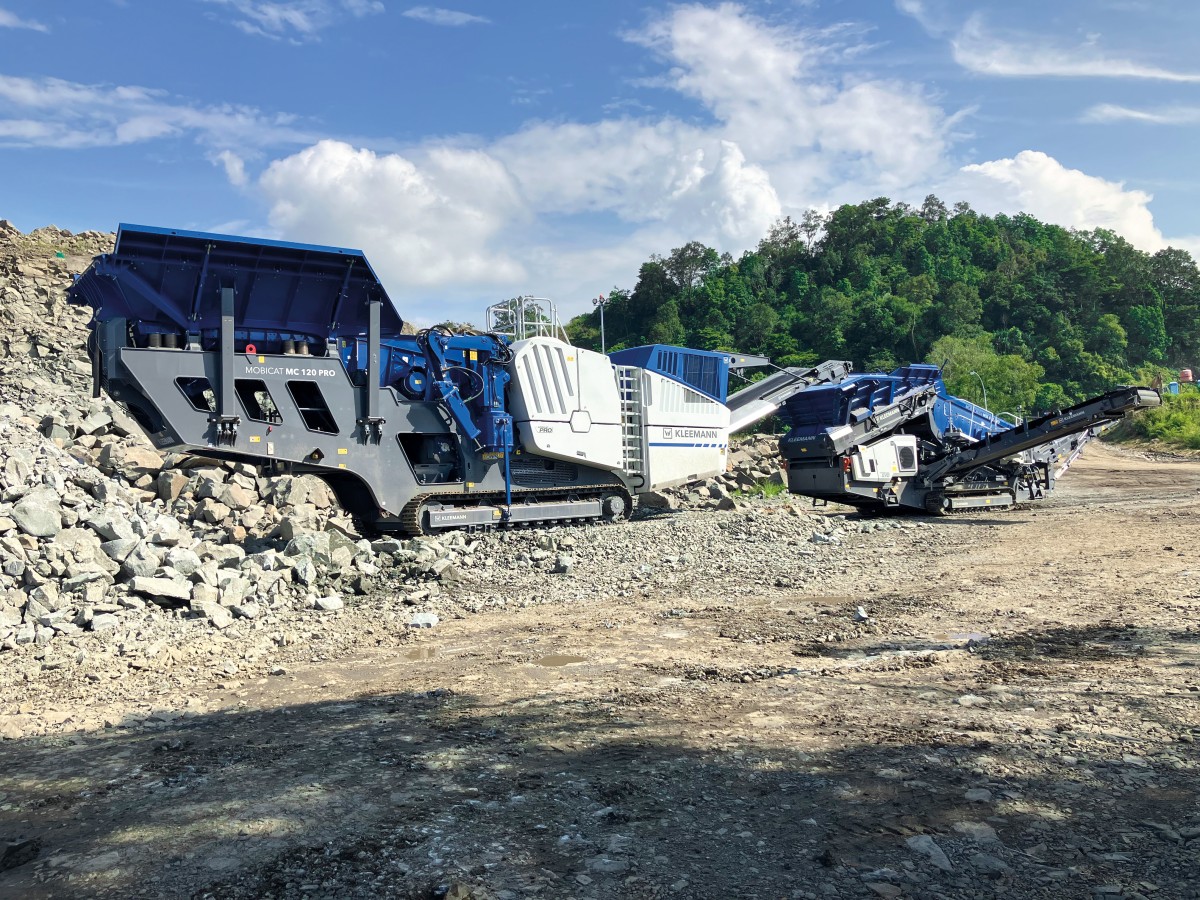
Earthmoving Machinery
28/10/2024
Kleemann: Andesite processing in Indonesia
A MOBICAT MC 120 PRO and a MOBISCREEN MSS 802 EVO are deploy...
Road Machinery
01/10/2024
The Wirtgen Group at Paving Expo 2024
The Wirtgen Group presents groundbreaking technologies at Pa...
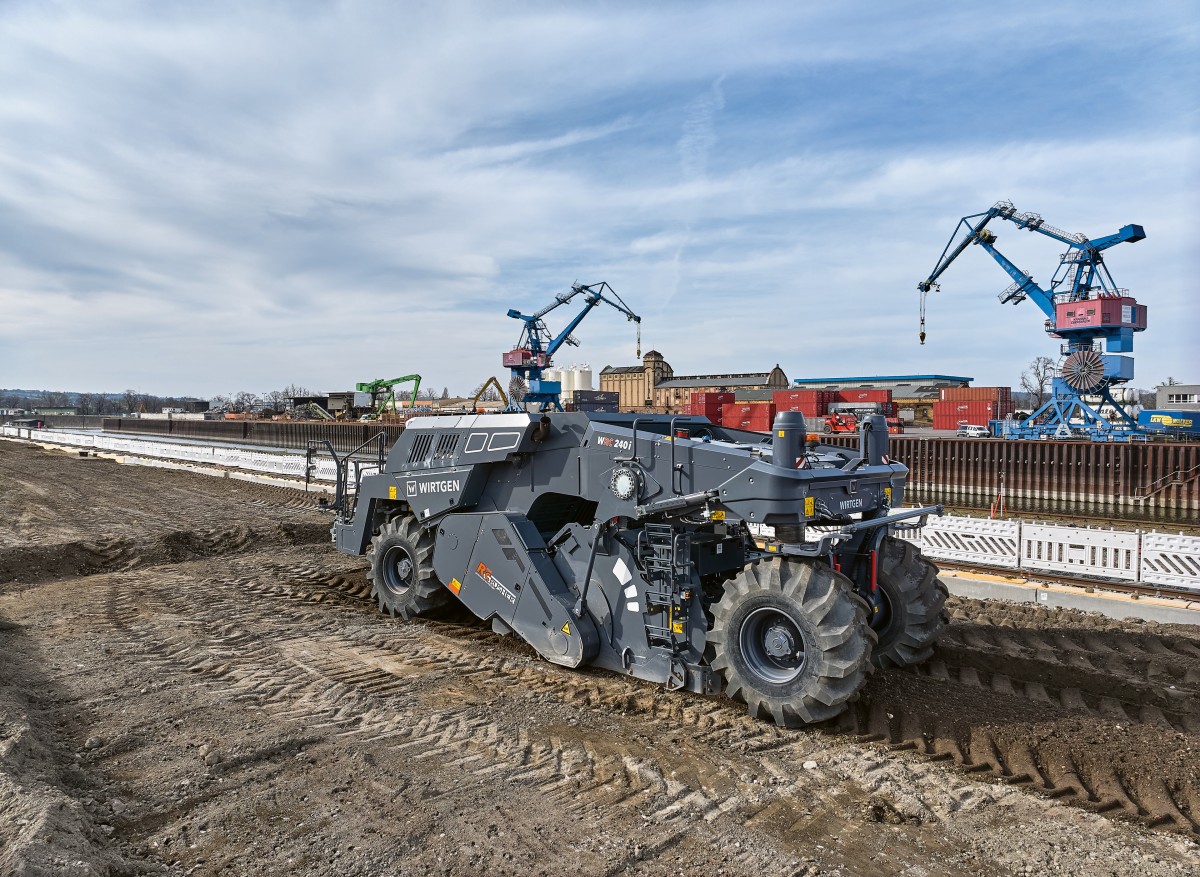
Road Machinery
26/09/2024
Rock Crusher WRC 240i speeds up recycling project for new Trailer Port in Dresden
Particularly cost-efficient in-situ processing of coarse mat...
Altri International

International
21/11/2024
Kleemann: New compact crusher used for recycling
Impact crusher MOBIREX MR 100i NEO impresses during operatio...
International
21/11/2024
SITECH partners with Royal Engineers to create poppy and demonstrate tech offering
The demostration involved creating a ground-level poppy desi...
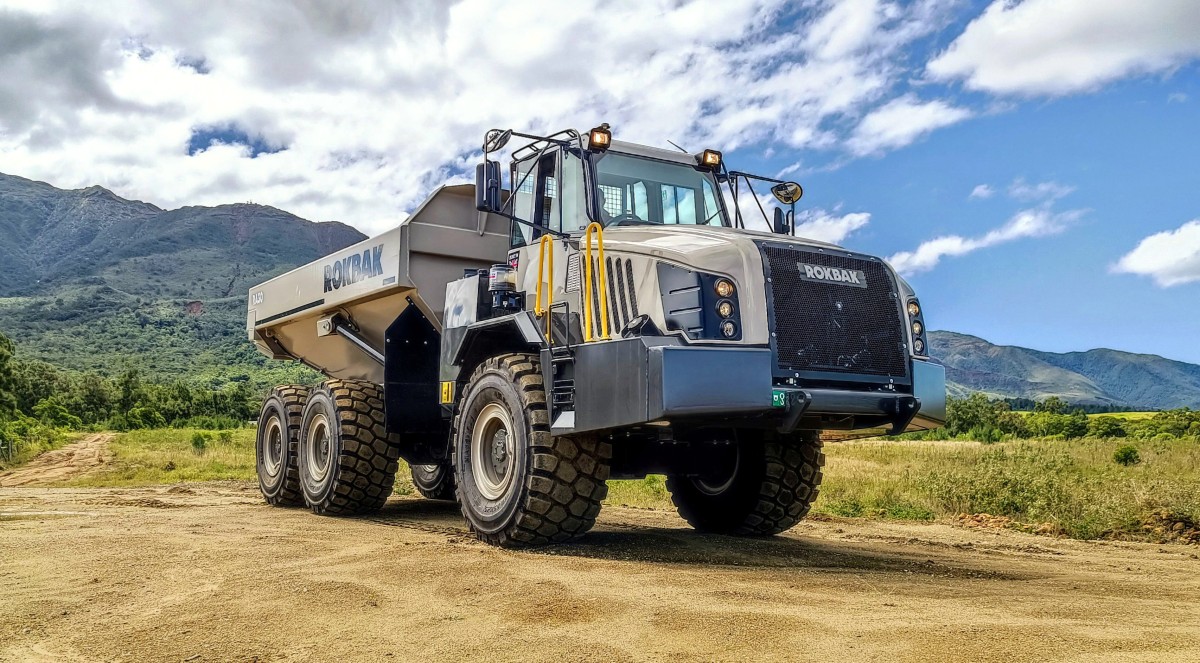
International
20/11/2024
Strong and stable RA30 trucks carry the weight at New Caledonian mine
Three Rokbak RA30 trucks are delivering exceptional durabili...

International
20/11/2024
Tadano AC 7.450-1 Performs Double Duty in Wisconsin
A cost-saving and versatile solution was already on site - a...

International
19/11/2024
Liebherr Tower Cranes and John Paul Construction celebrate 50 years of partnership
Irish construction company John Paul Construction is celebra...
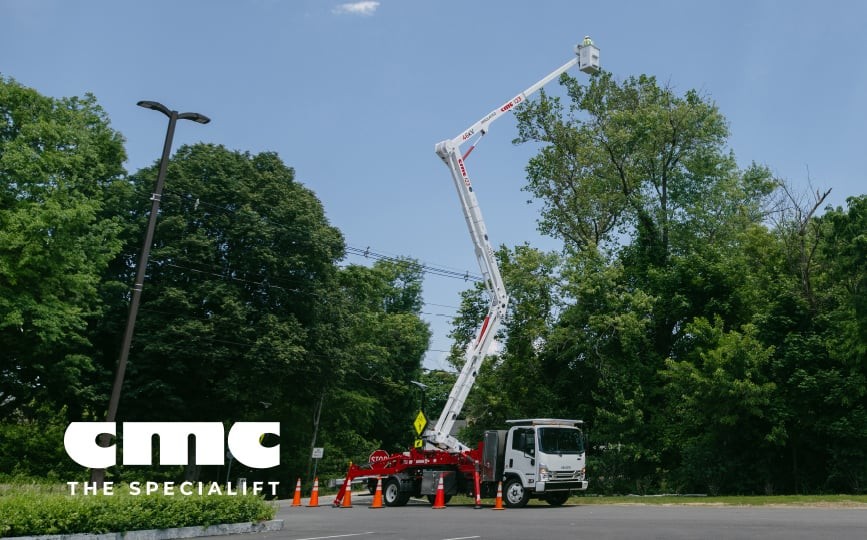
International
18/11/2024
The CMC i23 aerial platform: an example of high performances
CMC i23 is designed to maximise operational efficiency in al...











